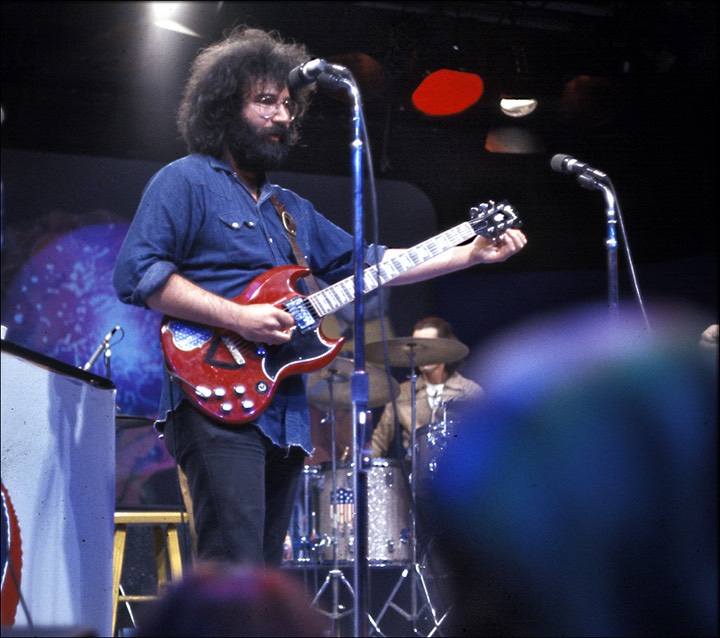
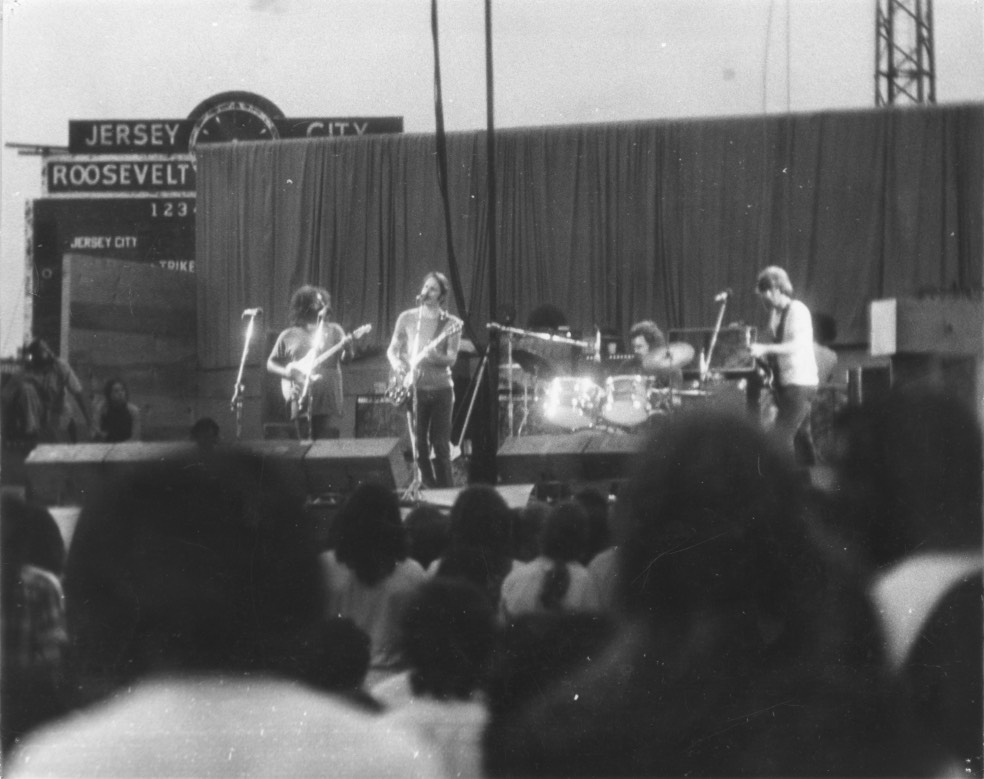
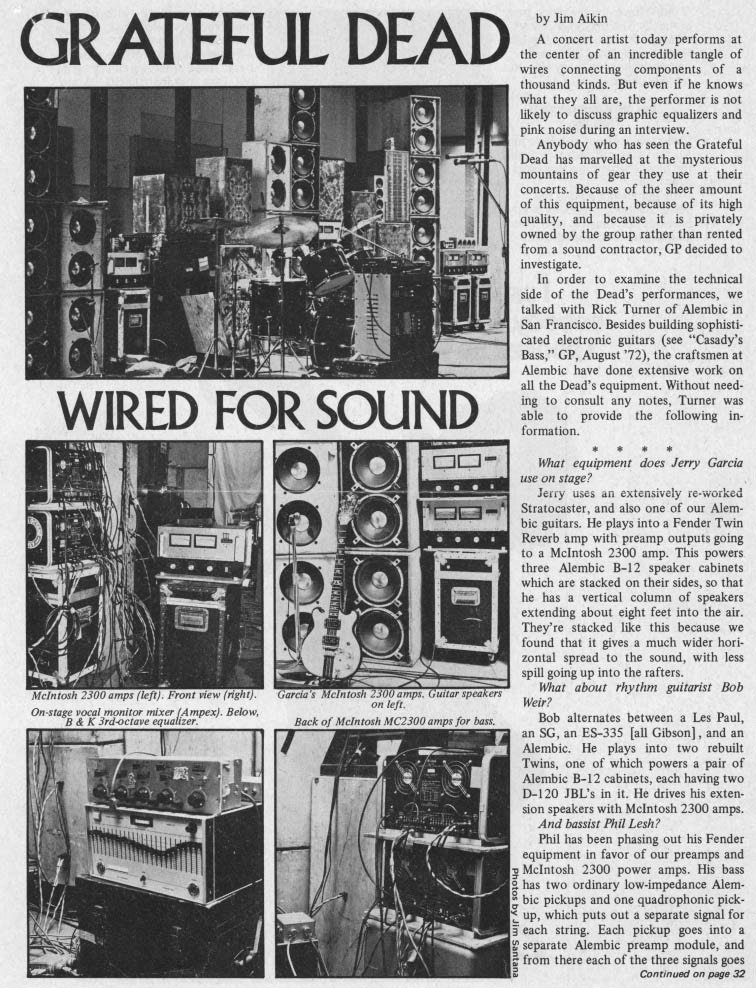
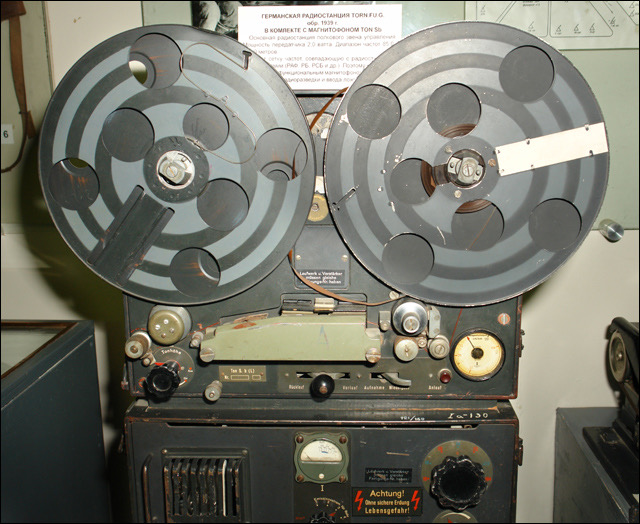
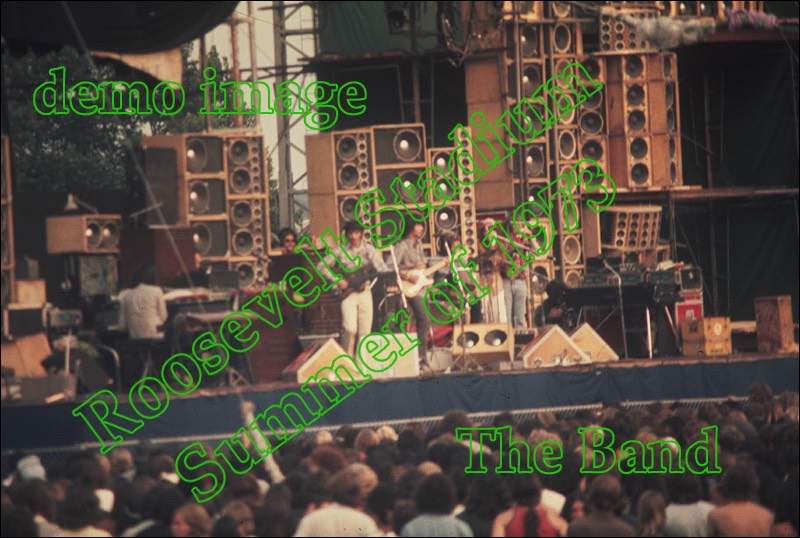
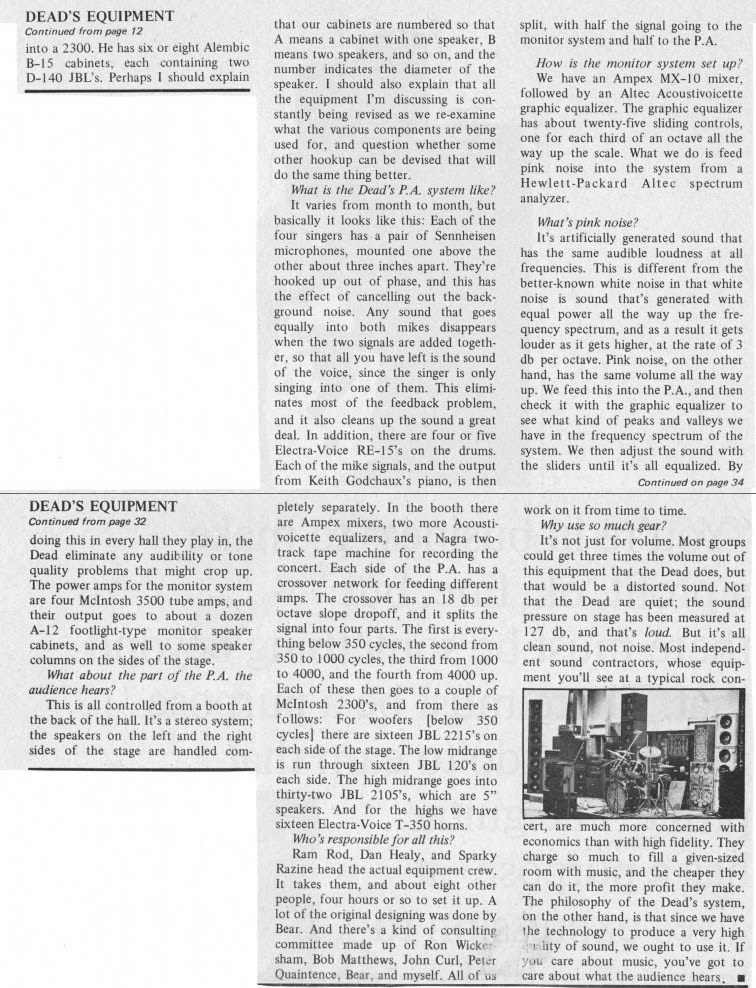
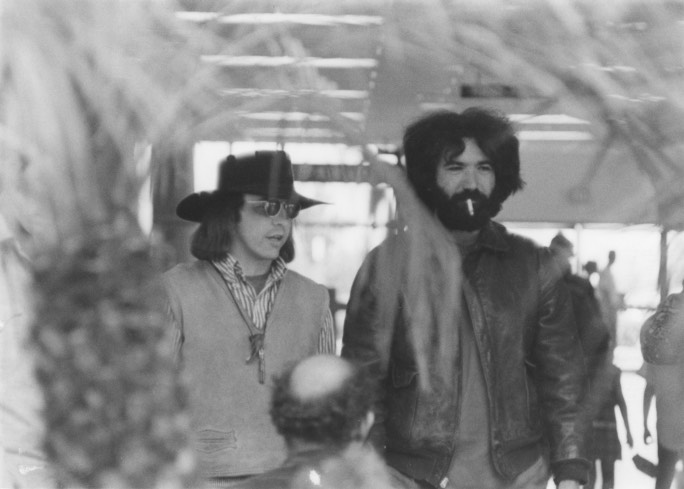
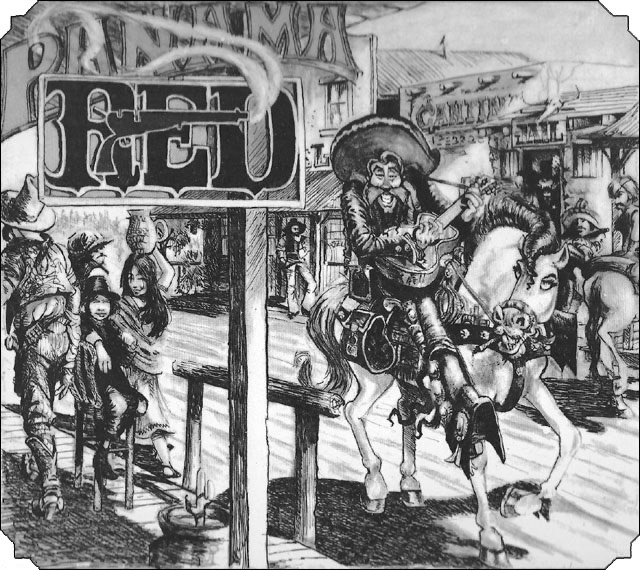
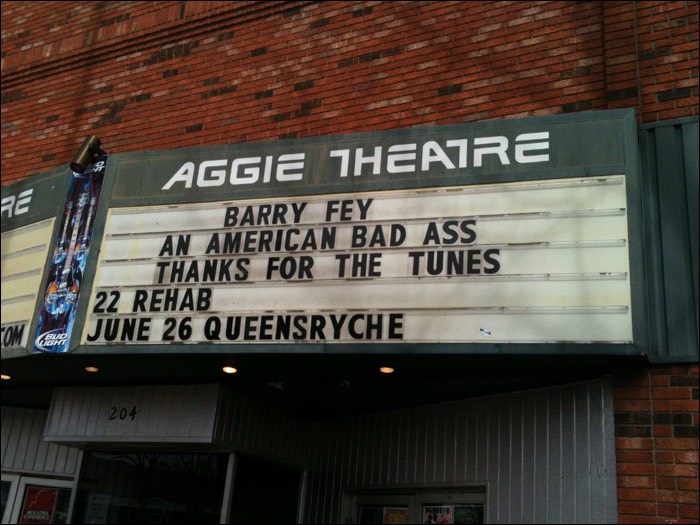
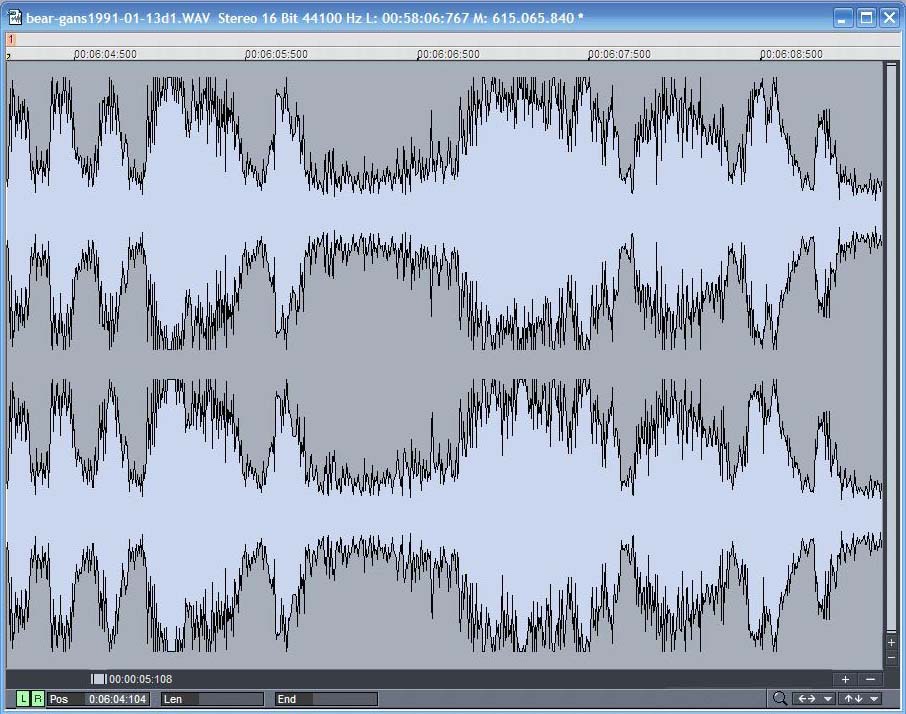
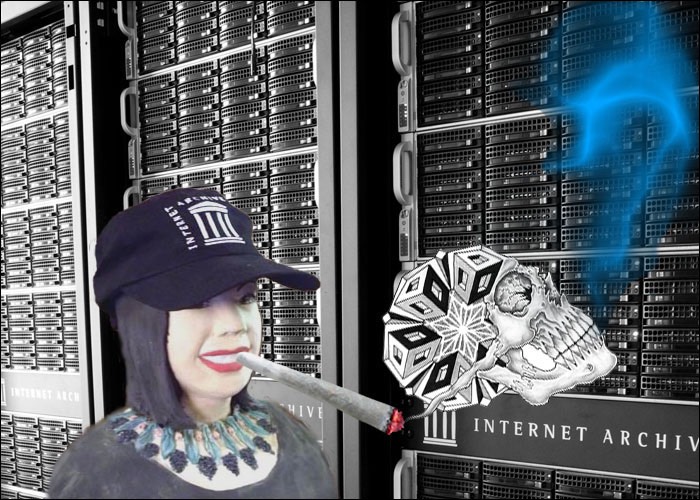
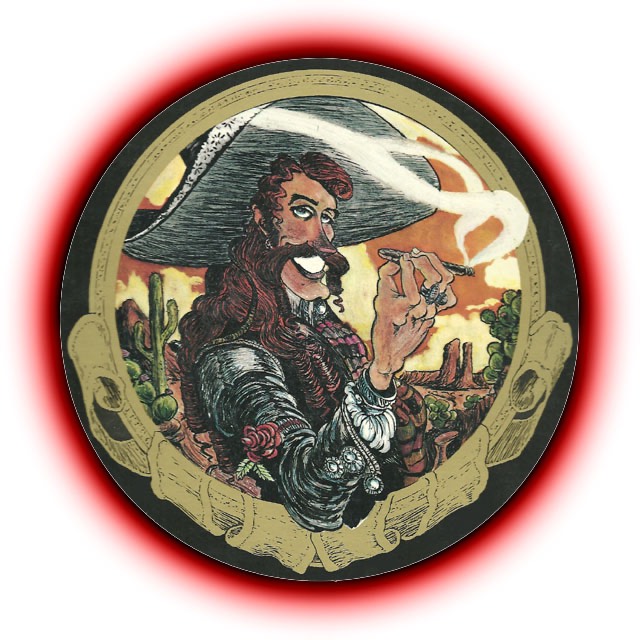
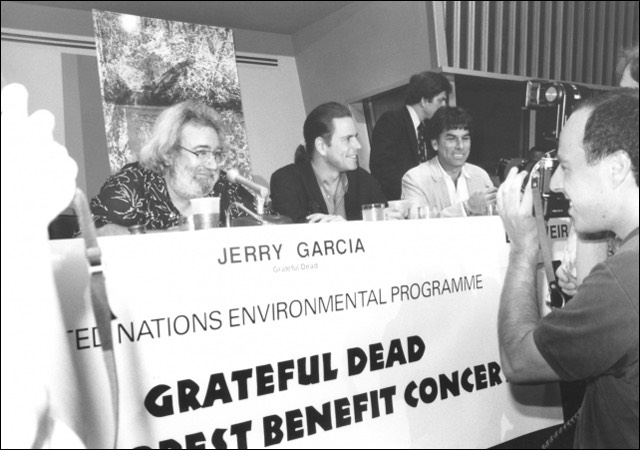
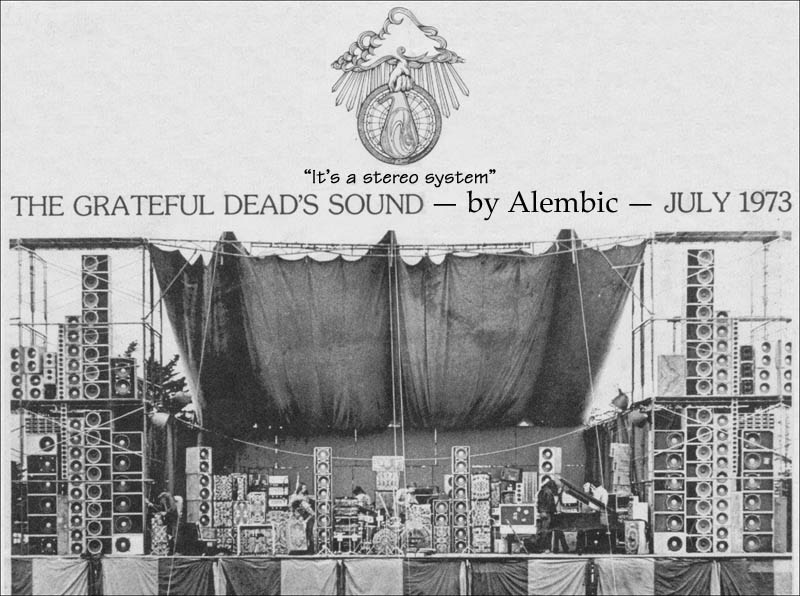
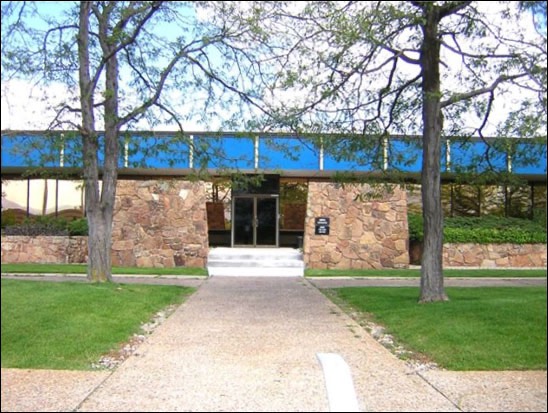
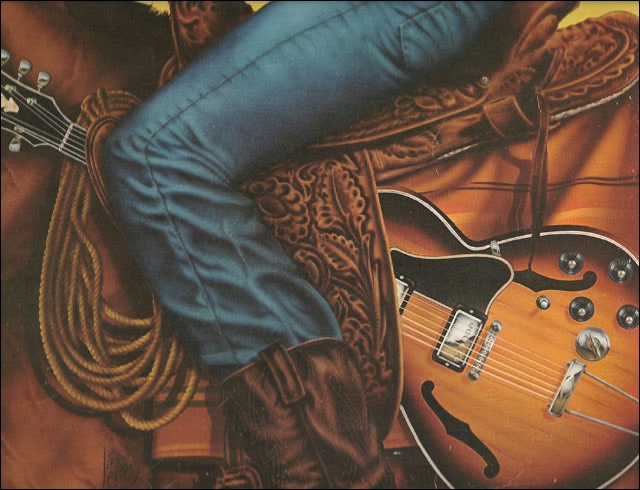
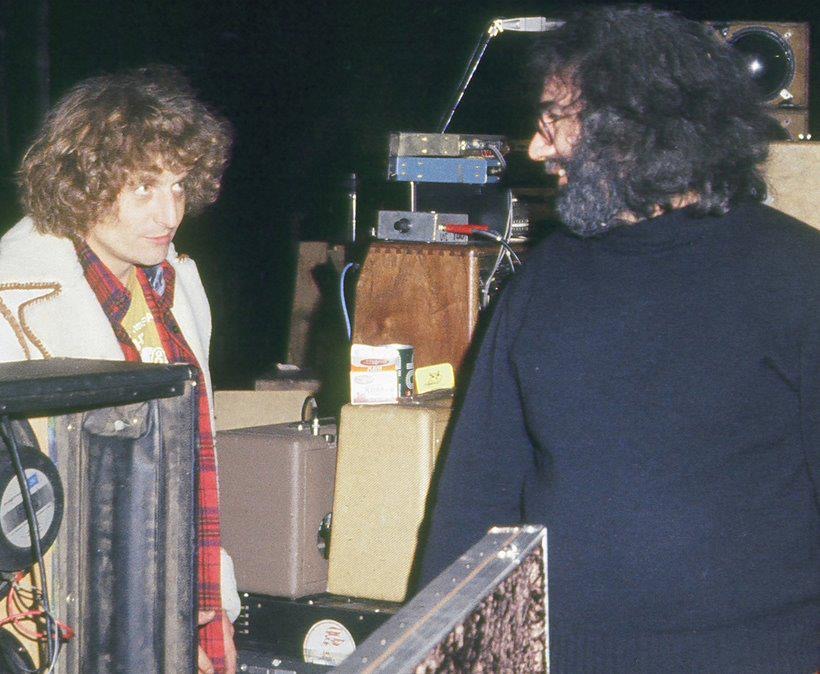
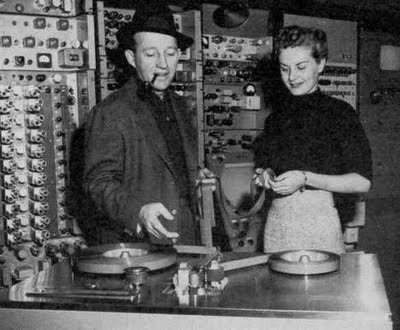
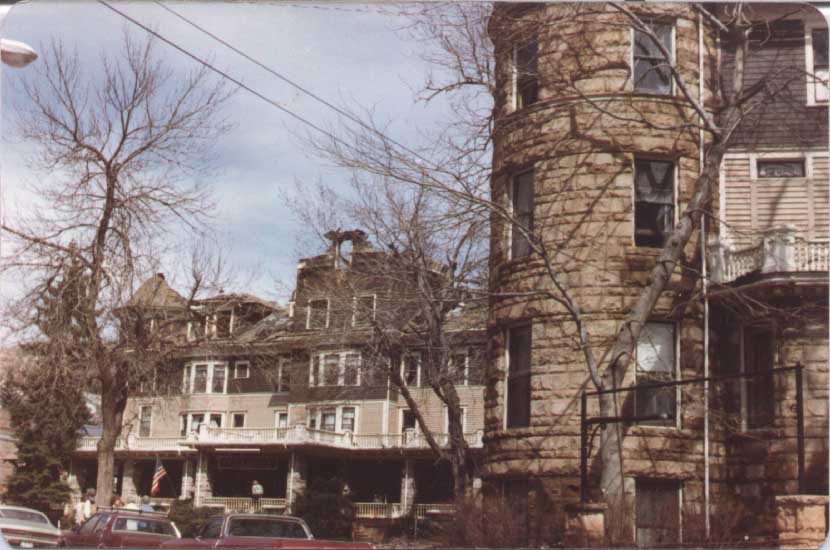
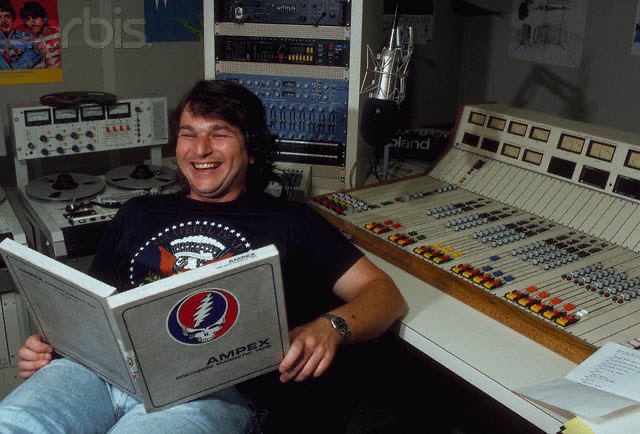
1987 Prior to taping, David Gans, author and producer of the radio show, "The Grateful Dead Hour," relaxes in recording studio. Image by Philip Gould/CORBIS
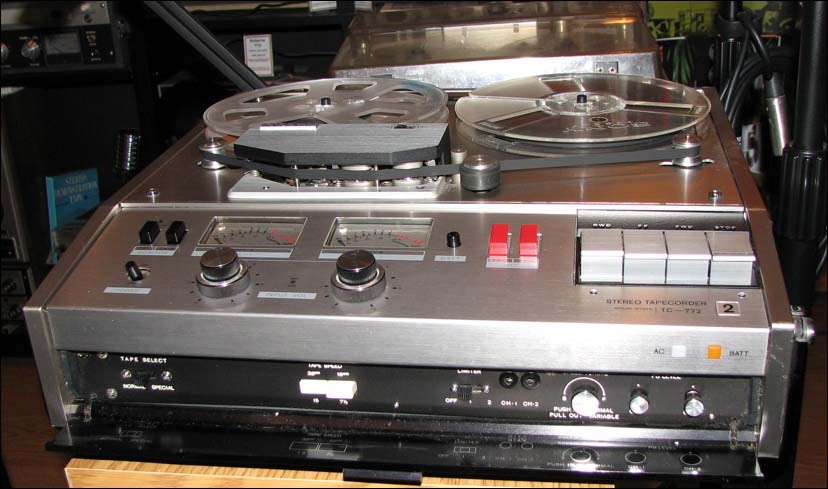
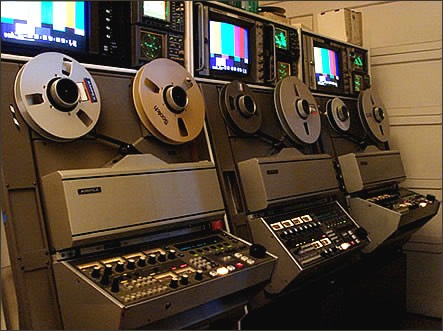
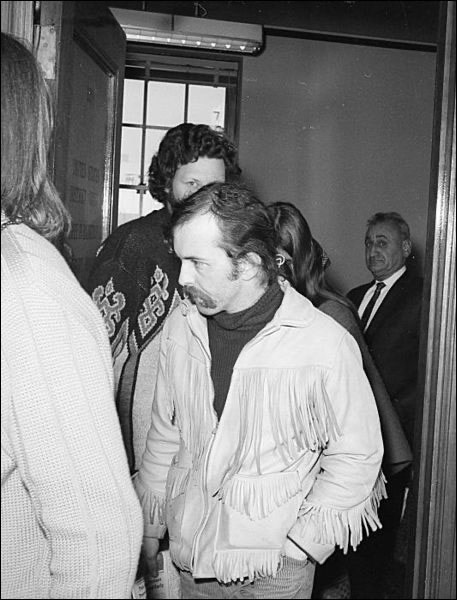
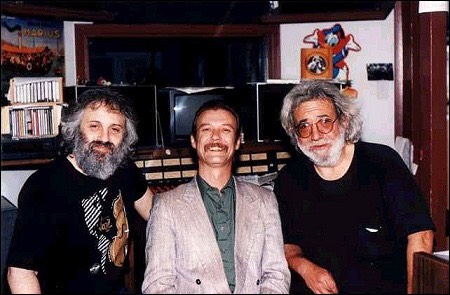
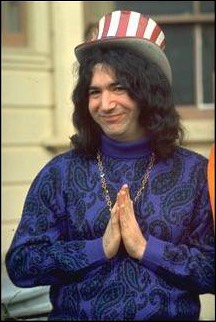
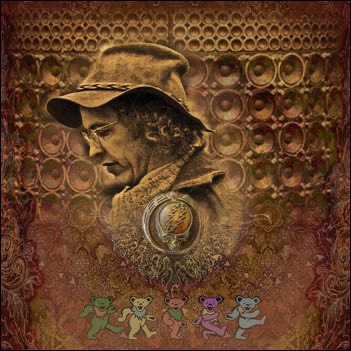
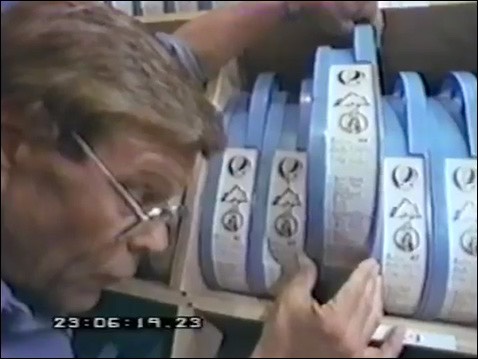
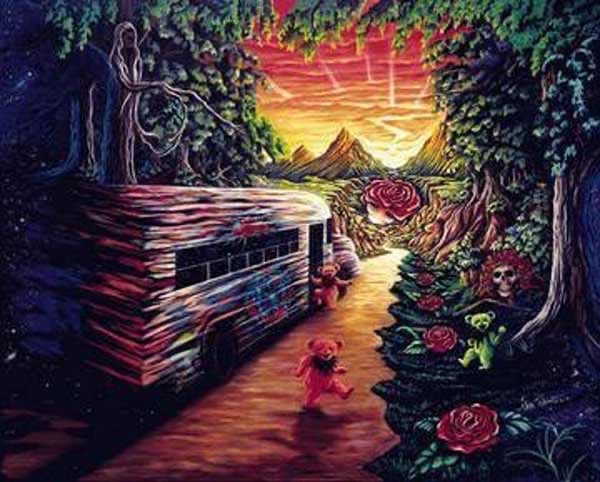
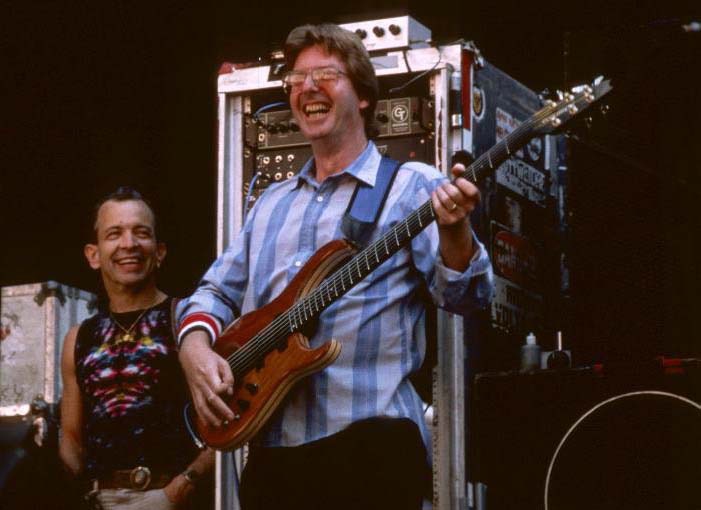
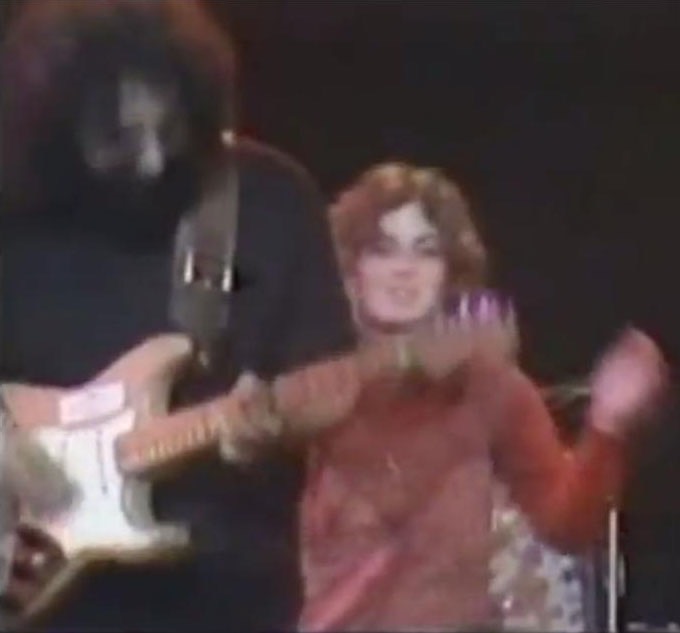
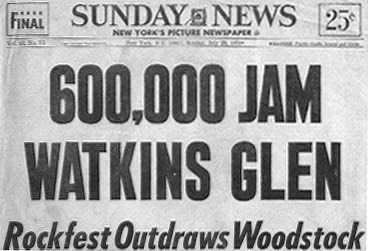
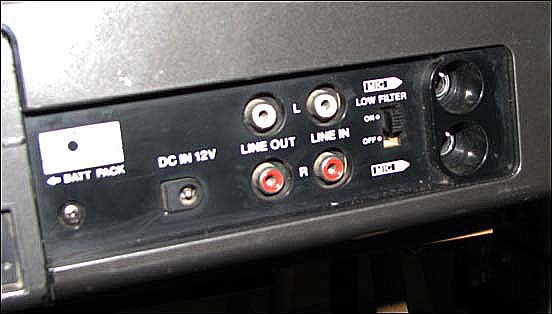
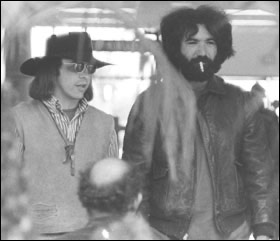
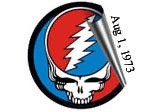
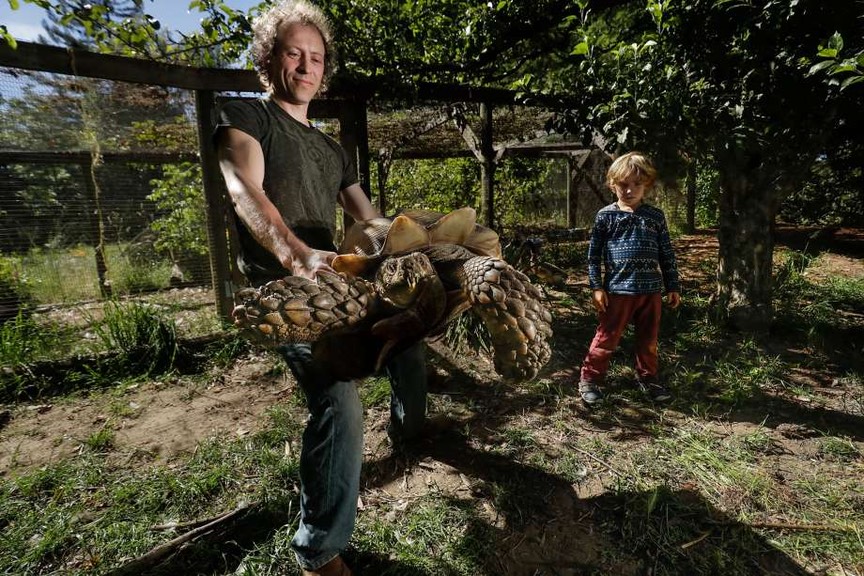
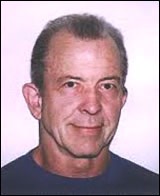
LSD king Owsley Stanley’s ‘Sonic Journals’
surface after 50 years
Uncirculated 1973 Grateful Dead recordings from Roosevelt Stadium taped by Monte Barry
• August 1, 1973 show was put into circulation
on March 6, 2012. I made a bad transfer when I set up the Tape Bias for
the playbacks. I apologize for making this mistake on shnid
119371.These tapes have been fixed and upgraded, and more. My Roosevelt
Stadium tapes and my RFK Stadium tapes have been professionally
transferred by Matt Smith at 24/96 rates.
• my Aug 1, 1973
source: mic was mounted on a mic-stand shaft, arm raised up high,
FOB(this is the same method I used taping both RFK Stadium shows)
• my July 31, 1973 source: mic was mounted on a 12-foot pole, FOB / dfc
Johnny
B. Goode ending cuts off when Hell's Angels security dude confiscates
my tape. GD returned my tape to Jimmy Watson ten minutes later, after a
discussion backstage. The mic used for both shows was a Sony ECM-99
single-point stereo mic. Maxell UD C90 cassettes (normal bias tapes)
were used for both shows, taped with Dolby NR. These tapes were
recorded on a brand new Nakamichi 550 portable cassette stereo tape
recorder, s/n 53963
I never found pics for 1973 Roosevelt Stadium shows. This is a photo of GD's first time at Roosevelt Stadium on July 18 1972, courtesy of GD's archival photos at Rhino GDP.
Village Idiots covered Sugaree on July 16, 2014
I posted a lot of material to The Archive's GD Forum. In the end - for the sake of people who didn't "get it" - I got sick of repeating myself, so I started calling myself a Village Idiot when I was making my points. I called myself a Village Idiot more than forty times!Not to be outdone, a band named the Village Idiots recently played a gig in Scranton, PA and they covered Sugaree. I am honored to have a band named after me playing a warm rendition of one of my favorite Grateful Dead songs! Thank You very much!!! Nice vocals and guitar work; lovely "dirty piano playing" in the final solo after the third verse; and cute vocals added to the harmonies in the Sugaree chorus. Nice playing all around.The Village IdiotsO'Leary's PubScranton, PAJuly 16, 2014MJ Puskas - bass/VocalsChuck Sabatelle - Guitar/VocalsMike Mizwinski - Guitar/VocalsFreeman White - Keyboards/VocalsJami Novak - Drums/Vocals
video of Unlimited Devotion covering Sugaree on Oct 24, 2014
My dear old pal, John Zias, shared his Sugaree video link with me today. Note that this is the first time I've heard Sugaree with female lead vocals, and I liked Jill's singing a lot; I like the energy and sound from John's guitar; there's nice playing all around; and we have the video. Thank You very, very, much!!!Published on Nov 30, 2014 - Sugaree video on YouTubeI don't have access to GD's commercial releases, so I haven't listened to "all" the best Sugarees, unless there's an AUD recording that exists here at The Archive. Jerry Moore's tape of Sugaree played on May 28, 1977 is arguably my favorite Sugaree in existence. I've called this one out a few times, most notably for the crescendo-jamming, especially in the break after the second verse. I also like to listen to the June 21, 1980 and Oct 17, 1983 Sugarees.Sugaree is a beautiful Garcia song with lyrics by Robert Hunter. If I had to pick 'one' - Sugaree is my favorite song! It's about a 'cowboy like me' and a hooker. The best sounding galloping-jams I've ever heard were played by GD in this Sugaree performed on Dec 28, 1979, taped by Joani Walker.Looking back, here's a nice sounding typical version of the original Sugaree that I taped on June 9, 1973.p.s.: The last time I saw John Zias was on Sept 18, 2012 when he was playing with Tom Constanten in the Terrapin Flyer band in Fort Collins at Hodi's Half Note. Here's a photo of me and TC that evening.
Reviewer:
GRTUD1977
Subject:
Preservation of History!
What a gem! Lost treasure found has nothing on these interview excerpts! I feel like I knew Bear on some level especially the way he often thought about the nature of the whole scene and his constant concerns about various elements of the phenomena. I think it would be a great follow up if Bob Mathews life could be explored in a future interview. His digital sound mapping of each venue is one of the most protected algorithms in commercial electronic engineering, so much so, I cannot find the article I read about Bob the day after his death that briefly described it. These folks and others (shout out to Betty Cantor and Rob Eaton specifically here) all had an immeasurable impact on sound quality at every live event! My life was made infinitely better because I lived in the same time reference period as they did. Bravo!
Reviewer:
gankmore -
December 5, 2014
Subject:
History
It's worth spending some time here. Lovely work David.
Reviewer: jsorrien - February 17, 2012
Subject: WOW!
I really hope you put the rest of the interview up.
I know nothing about the Dead, can't believe I've
bean missing conversations like this all these years.
I feel like such a fool.
Reviewer: Bigfoot County - February 2, 2012
Subject: Sounds Great !!
Monty - the excerpt from 8-1-73 sounds fantastic. Keith's piano shines! Great to hear, as the soundboard versions lack the balance your recording has. I'd highly recommend you share the lossless files. It is a great audience recording and a piece of history! Thank you for sharing the MP3 - killer stuff, 40 yrs later...
Reviewer: NoiseCollector November 4, 2011
Subject: I am actually listening to this
anything to do with sound and gear is cool...
Reviewer:
Headphone -
April 9, 2011
Subject:
Awesome and valuable
This is a lot of fun and also illuminating to listen to. Bear was a brilliant man and a real seeker. I hope the full six-hour interview will be posted here. Big thanks to Mr Gans and also to the Archive.
Owsley Stanley Foundation
Psychedelic history in the making.
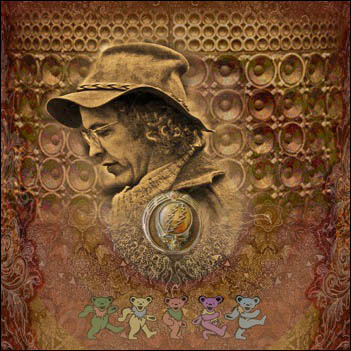
Please visit the Owsley Stanley Foundation, dedicated to preserving and sharing the experience of the psychedelic era through Bear’s Sonic Journals. The Owsley Stanley Foundation was incorporated on August 25, 2011 as a California non-profit corporation dedicated to fostering diverse charitable, artistic, musical, and scientific endeavors for the public benefit.
The Foundation’s primary purpose is to arrange for the preservation and eventual production and public distribution of Owsley Stanley’s “Sonic Journals,” a unique (and rapidly deteriorating) archive of more than 1,300 live concert soundboard recordings from the 1960s and 1970s, including rare recordings of performances by such prominent artists as Miles Davis, Johnny Cash, The Grateful Dead, Jefferson Airplane, Quicksilver Messenger Service, Santana, Taj Mahal, Fleetwood Mac, The Allman Brothers, Steve Miller, Ramblin’ Jack Elliot, Thelonious Monk, Dr. John, Dan Hicks, Chuck Berry, Country Joe and the Fish, Janis Joplin, Big Brother and the Holding Company, Electric Flag, Blue Cheer, The Youngbloods, David Grisman, Old and in the Way, and others. SAVE THE TAPES!
The save the tapes campaign is seeking to raise money to enable the digitization, preservation, and release of Bear's Sonic Journals, a trove of over a thousand live concert recordings from the heart of the psychedelic era. Donations are much appreciated! Please Donate via Paypal below, or write checks made out to the Owsley Stanley Foundation and send them to: Owsley Stanley Foundation c/o Malcolm H. Gissen & Associates 1700 California St. #335 San Fancisco, CA 94109 info@owsleystanleyfoundation.org We have applied to the IRS for 501(c)(3) nonprofit status, and we expect confirmation by June 2012. Donations given prior to the granting of nonprofit status will be deductable provided we are granted 501(c)(3) status before the end of the calendar year. Owsley Stanley’s Sonic Journals
e-mail conversation between Monte and Bear — Sept 17, 2009:
Monte:
hey Bear,Thanks for "everything," man. Thanks to you and GD, I ended up
having a career in electronics and pro audio/video. I made a good
living on that. But first, I was a soundman for 3 years thanks to you. I
got on the bus in 1972. My first time Taping was GD - RFK Stadium - June 9 & 10, 1973
- front-of-board. The Boys and Your amazing Sound Crew set the bar for
the most incredible sound I ever heard come out of a PA system. Bear,
how about a little help on a few facts? We would like to have a brief
rundown on what went down as Ron Wickersham was quitting Ampex, and you
and him were forming Alembic. I took Susan's version of Alembic's
history, and reposted it on The Internet Archive. I added to what she
wrote by pointing out some of Ampex's history. I worked for Ampex 1979 -
1984.
Bear: I met Ron (and Susan) at Pacific
Recording in 1968 where the band was recording Aoxomoxoa. He had, so far
as I remember, already left Ampex. I know nothing about his Ampex time.
Monte:
A knowledgeable fellow just posted that it was you who started Alembic,
and not actually Ron. He wrote, "Susan's history, although accurate
fails to include the "spark" or the original concept behind the company
which came directly from Owsley, his work with the band and the constant
refining of audio technology. In fact he named the enterprise "Alembic"
essentially defined as a "crucible" of ideas, after the base definition
of a vessel used in alchemy."
Bear: Yes. The
Alembicus is a Alchemist's glass vessel closely resembling the modern
chemist's glass retort. It was used to affect the decomposition,
reduction, distillation and 'perfection' of the base materials- the idea
is that of transformation 'lead into gold', which of course was not
what it was about at all, it was used as part of a method for achieving
the goal of transformation of the human spirit by practice and study
from 'corruption' into purity. At heart Alchemy is wholly atheistic and
thus they used the 'lead into gold' simile to hold the church at bay-
avarice is a very powerful motivator.
Monte: [the
knowledgeable fellow also posted] "Bear had an inventor's lab at the
band's practice area and offices and persuaded Wickersham to leave Ampex
and work solely on Grateful Dead projects. The day Wickersham showed up
for work was the same day that Lenny Hart began managing the band. He
fired Wickersham, so Bear, in fear of losing Ron, started a separate
company which became Alembic."
Bear: I did not have
any such 'lab'. No, Ron had nothing to do with Ampex, having left them
some time before. He worked for a while with them on recording projects,
but was never 'hired' by the band, so Lenny Hart had nothing to do with
him. I brought Rick Turner, a maker of acoustic guitars together with
Ron and suggested they form Alembic to work on sound systems and to make
fine modern guitars and basses. I did not want or accept a position or
stake in the company because I had my hands full with the band. Susan
and Rick do not get along and she is adamant about refusing him
co-founder status in her 'history', which is in my opinion misleading
and a disregard for the true history of the enterprise. I remain good
friends with all of them.
- History of The Early Days of Ampex Corporation, by John Leslie and Ross Snyder, for the Audio Engineering Society.
- read Monte's electronics story for American History-